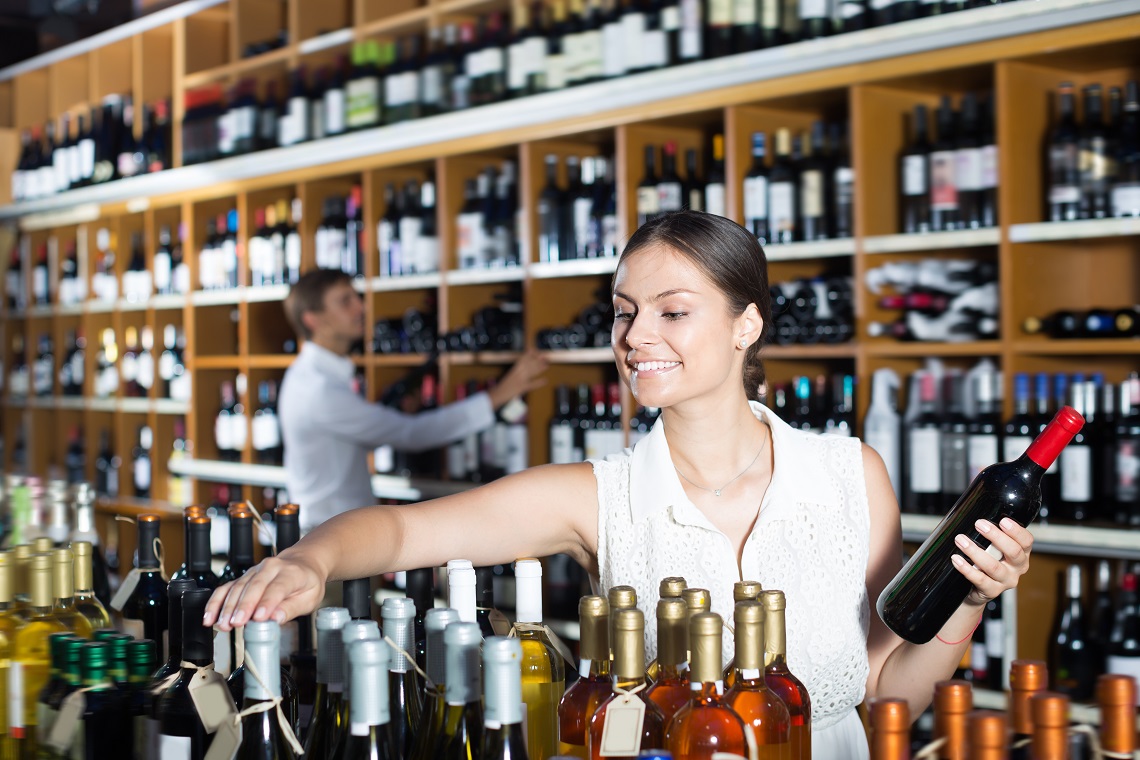Wine Intelligence, the global wine research, publishing and consulting company has revealed what its top five predictions for the global wine industry in 2018 are.
Having predicted in 2010 that the next 10 years would be the ‘Prosecco decade’ Wine Intelligence does have a good track record in understanding what might lie ahead for the wine industry and there are some bold beliefs for what 2018 will hold.
Speaking about the predictions, Wine Intelligence’s Communications Manager, James Wainscott said: “We live in a particularly uncertain and fast-moving time of history. Extraordinary changes are occurring to our daily existence through technological change, and the global political landscape has become dislocated from long-established norms.
“In such a context, the global wine industry seems to occupy a relatively calm backwater, far from the stormy socio-economic and political seas we observe elsewhere. However here in the wine world we are also are seeing some (relatively) big shifts on the production and consumption side.”
The five predictions for 2018 are:
- Climate change will throw up unexpected challenges
Highlighting that the 2017 northern hemisphere harvest came up short and that drought is expected to impact this year’s South African harvest, Wainscott also said that the 2018 European production is estimated to drop by 20 per cent in 2018 as a result of cold spring months and summer droughts.
He added: “The most obvious short term impact will be rising prices, particularly in more desirable regions where demand is already strong, such as Prosecco. But the threat of longer term climate change is unpredictable. Greater variability from one vintage to another and extreme weather could make it difficult for producers to maintain style and quality, and unexpected wet and dry periods is bound to play havoc with carefully laid vintage plans.
- Brexit is going to hurt the UK customer
It’s a problem that Australian Vintage Limited Chief Executive Neil McGuigan has previously talked about, with Brexit hurting the company’s profits.
But Wainscott predicts the vote to leave the European Union will continue to hurt UK consumers this year.
“The WSTA estimates that Brexit has pushed up prices three per cent in three months, compared with a one per cent increase over the previous two years,” he said.
“The drop in the GBP has increased overheads for importers and distributors, many of whom have been forced to introduce two rounds of price increases this year. Many are abandoning hard copy price lists altogether, unable to honour their printed prices. These increases are trickling down the supply chain and will soon hit the consumer’s pocket in earnest.”
- Fizz will keep its sparkle
Sparkling wine has enjoyed global success recently and Wainscott said that Wine Intelligence expects “to see sparkling wine continue along its trajectory towards becoming an everyday delight”.
He added: “The bubble has yet to burst on the sparkling wine trend, a phenomenon experienced almost all over the world. Sparkling wines have enjoyed long-term growth in terms of volume, value and price per bottle in the USA, Canada, Chile, Ireland, Spain and others – this is particularly impressive given the state of the still light wine category, where volumes are steadily declining.”
- Alternative packaging will advance
Although consumer drinking habits and trends have changed the most common way of offering wine is still a wine bottle, which has not evolved a great deal. Wainscott said that the “heavy, fragile and a bit dull” aspects of wine bottles do not cater for the “on-the-go, ad-hoc world which we now inhabit”.
“Convenience stores across Europe now carry single servings of wine, still and sparkling. We’ve spotted pouches, cans, glasses, vials and mason jars, a few of which can happily fit through a letter box. Enomatics and Coravin systems allow tiny samples of super premium wines, and more generous pours for those wanting a full glass; even screwcap bottles can get the Coravin treatment now,” Wainscott said.
- Organic and sustainable wines will matter more
Premiumisation is a trend that has engulfed the global alcohol industry, but Wainscott points out that it is a tricky act for wine as it relies heavily on differentiation and education.
He explains: “One of the easiest ways to premiumise is to hitch your wagon to an already ascendant star and enjoy the ride.
“Some growers have undergone painstaking changes in viticultural practices to win the right to differentiate their product and slap the label ‘organic’, ‘biodynamic’ and ‘sustainable’ on the label. But few have succeeded in educating their customers. Confusion abounds the on- and off-trade is struggling to convince consumers to trade up because of it.”
But, he adds: “This is set to change in the coming years. Bolstered by the success of ‘organic’ for food labelling, organic wines are becoming more visible and desirable to wine drinkers. Sustainable, a woolly term, still has obvious connotations and is widely recognised. In fact, Wine Intelligence research shows that 41 per cent of regular wine drinkers in Spain are aware of sustainable and organic wines but only five per cent know about biodynamic wine. That’s why we expect organic and sustainable wines to break into the mainstream before long.”

